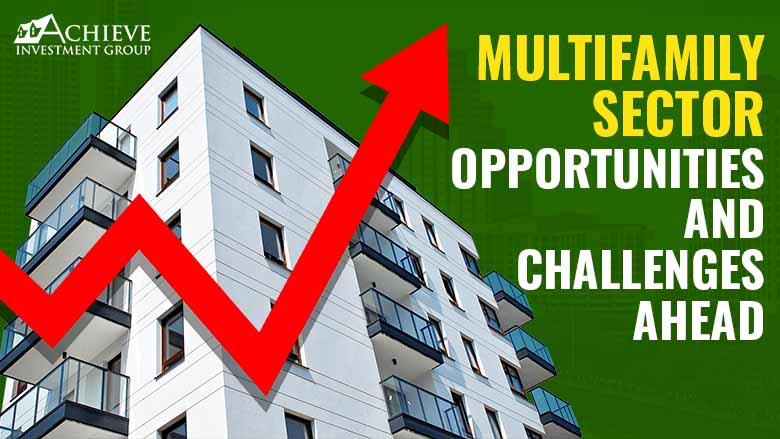In our continuous effort to keep you informed about the real estate market, we bring to you some crucial insights from Yardi Matrix, a leading commercial real estate analytics and research firm, and Fannie Mae (FNMA), Freddie Mac (FMCC) a government-sponsored enterprise.
Yardi Matrix’s recent sector-specific report, “U.S. Multifamily Outlook: Summer 2023,” reveals that despite a potentially wobbly economy and declining sales and property values, the multifamily sector remains robust. With rent growth and nearly a million new properties expected in the next two years, the sector has shown resilience. However, the high cost of debt could lead to more defaults in the near future.
According to Doug Ressler, Manager of Business Intelligence at Yardi Matrix, “Multifamily risk is some of the lowest in the industry, as opposed to office or retail. This is primarily due to the fundamental fact that people need housing and there’s a shortage of it that won’t be rectified in the near future.”
The report also notes that the national housing crisis is driving multifamily demand. High mortgage rates and a drop in home sales have contributed to this trend, creating a housing shortage. This is a crisis that multifamily properties can potentially capitalize on.
However, landlords should also brace for challenges. The market anticipates a surge of new supply later this year and in 2024. Over a million units are expected to be under construction within the first half of 2023, with more than 430,000 units expected to be delivered by the end of the year. According to Yardi Matrix, Austin, Dallas, Miami, Atlanta, New York, and Phoenix are expected to see the highest number of new units this year. But Ressler further clarified, “The new supply is largely concentrated in about 25 major markets.”
On the financial front, the rapid increase in interest rates by the Federal Reserve and a pullback in liquidity by the banking sector have created pricing uncertainty in the multifamily market. This has led to a significant drop in transactions and mortgage origination volumes in 2023.
The report states, “Property fundamentals are strong, but the increase in capital costs has injected pricing uncertainty into the market and made it difficult to complete a transaction of any kind.”
Fannie Mae, Freddie Mac, and Ginnie Mae issued only $20.1 billion of bonds through mid-June, compared to $55.4 billion in the first half of 2022. Ressler anticipates two more rate increases from the Fed and suggests a “wait-and-see” approach before proceeding with transactions.
Despite these challenges, Ressler remains optimistic. He foresees transaction volumes rebounding in the second quarter of 2024 as interest rate clarity and new supply flow into the market.
It’s clear that the multifamily sector continues to evolve. We’ll keep you updated with the latest insights and trends.
Recently, we had the privilege of hosting an insightful webinar with Jeremy Roll, a full-time passive cash flow investor with over 20 years of real estate investing experience. If you may have missed it, you can download Jeremy’s presentation. and watch the full webinar replay by signing up for our premium content.


